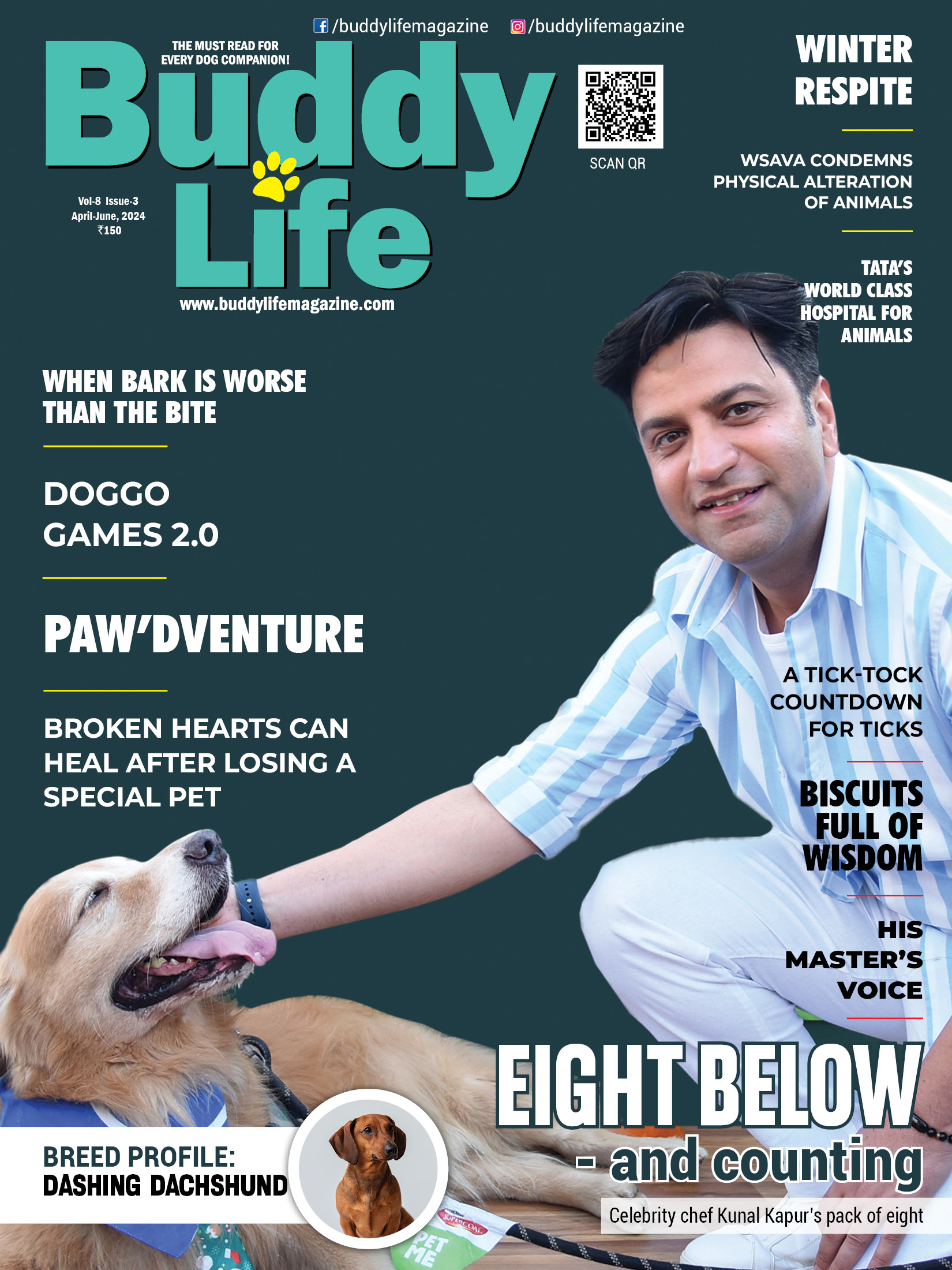
Relationship between Man and his best friend decoded
New York, October 18, 2019: Dogs have been jubilantly kicking their legs in the air for at least 14,000 years, and during that time they became our devoted companions. Two new books offer different takes on this interspecies bond. The first makes a compelling case that dogs do far more than just obey us — they love us. The other book offers a broader look at all the complexities and contradictions of the human-dog relationship.
According to ScienceNews Clive Wynne, a canine behaviorist and founding director of the Canine Science Collaboratory at Arizona State University in Tempe, has always loved dogs, but it took him many years to become convinced that the feeling is reciprocated. In Dog Is Love, readers accompany Wynne on his scientific journey from skeptic to believer. Not only do dogs love us, he argues, but it is their capacity and desire to connect with humans that makes dogs unique.
Many scientists are loath to talk about the emotional lives of animals, love in particular (SN: 3/2/19, p. 28). The concept “seems too soppy and imprecise,” Wynne writes, and we risk anthropomorphizing dogs. But acknowledging their capacity for love is the only way to make sense of why dogs are so devoted to us and thrive in our company, he argues. Dog Is Love takes readers all the way from theories about how dogs became domesticated to recent behavioral, biological and genetics research that provides convincing evidence that our canine companions feel affection. Dogs’ genetic makeup predisposes them to be loving (SN: 8/19/17, p. 8), Wynne argues, and early exposure to humans (or even other animals) solidifies the connection.
Our Dogs, Ourselves offers a more comprehensive exploration of the human-dog relationship. Alexandra Horowitz, head of Barnard College’s Dog Cognition Lab in New York City and author of the 2009 New York Times bestseller Inside of a Dog, gives an overview of the culture of dogdom — the way people acquire, name, train, raise, treat, talk to and see dogs. She explores the lighter side of this culture, including our fixation with dog accessories — everything from dog bathrobes and canine body sprays to fake testicles.
But Horowitz also tackles the darker side and poses some thought-provoking ethical questions: Should we view dogs as property? Is spaying and neutering dogs the right way to deal with overpopulation? Should dogs be used in research?
Both books address a particularly thorny problem: dog breeds. Initially, dogs were bred for specific purposes — hunting or providing comfort, for example. But in the late 1800s, the emphasis became purity, Horowitz writes. Today, purebred dogs are descended from a relatively small pool of founders and inbreeding is rampant. A purebred’s family tree might reveal that “his father is also his grandfather and his mother’s uncle to boot,” Wynne writes. Because the gene pool for each breed is closed, genetic defects crop up. Dalmatians are predisposed to deafness and a heritable urinary tract disorder. German shepherds are prone to hip problems.
To read more, subscribe to Buddy Life!










 " >
" >
 " >
" >